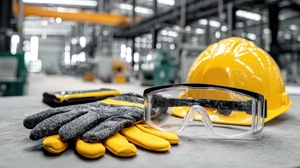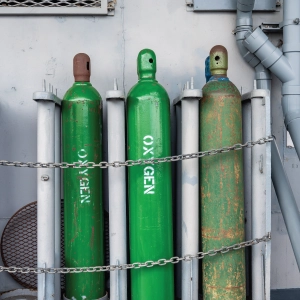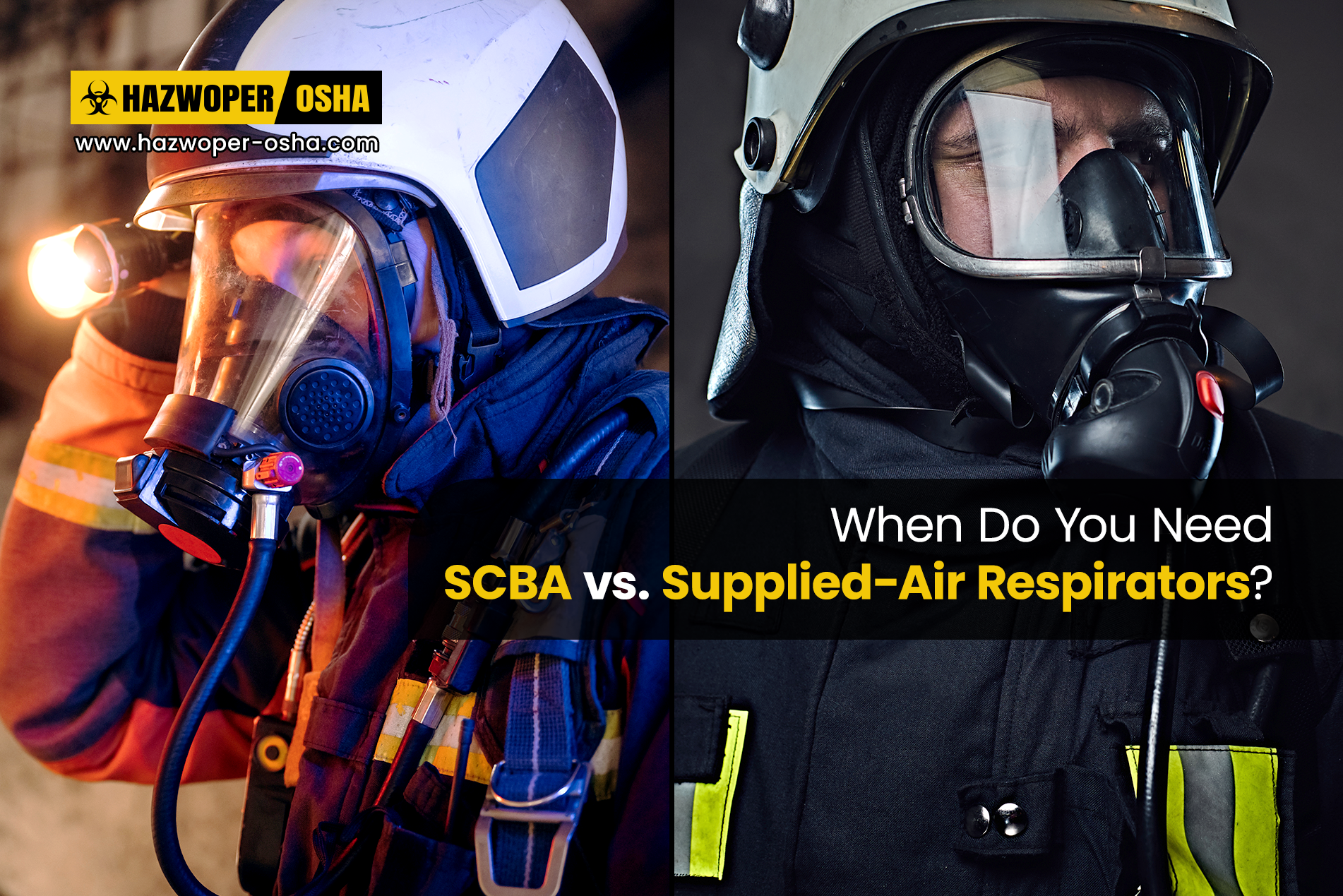Recycling Hazardous Waste Encouraged by the RCRA
Recycling Hazardous Waste
Recycling is an important method for the conservation of natural resources. By adopting the practice of recycling, companies can benefit in many ways—earn a good reputation, attract environmentally conscientious investors and customers, protect scarce resources for future generations, contribute to climate change prevention initiatives, minimize liabilities and risks, lower costs, create new revenue streams, circumvent tedious and detailed regulations of hazardous waste management, among others. When companies pursue recycling goals, they indirectly create broader benefits that benefit the community and the environment in the long term.
What is Recycling?
According to the EPA, “Recycling is the process of collecting and processing materials that would otherwise be thrown away as trash and turning them into new products.”
Who should Recycle Hazardous Waste?
Everyone should recycle hazardous waste whenever, wherever, and as much as possible. Most people and organizations are very familiar with the idea of recycling glass, paper, plastic (a hazardous waste in its way), and other materials we use as part of our everyday lives, but most don’t pay adequate attention to recycling hazardous waste.
Organizations do seek to store, dispose, and treat hazardous waste and hazardous materials are per OSHA, EPA, and the Resource Conservation and Recovery Act (RCRA) regulations, but there is further room for improving this disposal process by considering the effectiveness of recycling parts of the hazardous waste, materials, and chemicals used and produced when executing business processes and activities. Thus, all organizations must research and implement recycling as part of their hazardous materials and hazardous waste disposal processes. Recycling activities by those hazardous waste generators identified by the RCRA as large quantity generators (LQG), small quantity generators (SQG), and very small quantity generators (VSQG) must become a priority as their efforts would not only benefit their organization but also result in protecting the planet and the health and safety of workers and the public in the longer term.
6 Reasons to Recycle Hazardous Waste
Here are six reasons organizations (irrespective of the amount of hazardous waste generated) should embark on hazardous waste recycling.
1. Broaden your recycling goals
Organizations that are identified as hazardous waste generators are already segregating, collecting, and disposing of hazardous waste as per the OSHA, EPA, and RCRA regulations. These organizations also likely have in place recycling goals for other types of waste collected. So, why not broaden recycling efforts and incorporate hazardous waste recycling as part of being a good corporate citizen? Furthermore, those organizations that report using internationally recognized standards such as GRI and integrated reporting principles require to disclose their efforts regarding hazardous waste management. So, if you produce sludge, scrap metal, other hazardous waste materials that can be recycled or reused then you will not only reduce the amount of hazardous waste being disposed and treated but create new avenues for minimizing the use of scarce resources and extending organizational recycling goals.
2. Contribute to organizational cost control measures
Recycling or reusing hazardous materials and hazardous wastes as part of manufacturing operations would result in an indirect benefit of contributing towards organizational cost control initiatives. Just think about it – when sludge is treated and reused within manufacturing operations, then the safe disposal (including storage and transportation) cost of this sludge is negated, and the cost of purchasing other materials that the sludge has replaced would also be nil.
3. Generate new revenue streams
If hazardous waste, chemicals, or other hazardous materials are recycled to produce a by-product then these could be sold to the marketplace and the organization could create a new revenue stream adding to business profitability. Alternately, where there is an excess of recyclable hazardous waste, then the organization could sell this waste to specialized entities for treatment and reuse, converting an expense-centric activity to a revenue-generating one!
4. Follow EPA and RCRA recommendations on hazardous waste reduction
Laws and regulations recommend organizations reduce the amount of hazardous waste created. So, when hazardous wastes like sludges, scrap metal, spent solvent wastes, wood preserving wastes, electroplating and other metal finishing wastes, and partly used or unused chemical wastes are reused or recycled, organizations can benefit from regulatory exclusions where such products/by-products are not considered as hazardous waste. This also reduced organizational risk and exposure to rigorous management of hazardous waste as imposed by RCRA requirements.
Remember, when signing off a hazardous waste manifest as required by the EPA and Department of Transportation (DOT)’s Hazardous Materials Regulations (HMR) for the off-site transportation of hazardous waste, the organization is attesting to the fact that every effort has been made to reduce the quantity of hazardous waste generated.
5. Benefit from RCRA regulatory exceptions
To encourage recycling of hazardous waste where possible, the EPA and the RCRA offer regulatory omissions and guidance through alternative standards for the recycling of hazardous wastes, hazardous materials, and solid wastes to hazardous waste generators as part of their regulatory compliances. Some items that fall within the RCRA relief measures include batteries, scrap metal, Cathode Ray Tubes (CRTs), used oil, aerosol cans, certain pesticides, mercury-containing equipment (thermometers), lamps, and precious metals.
For in-depth details on the EPA and RCRA regulatory exclusions and alternative standards read here.
6. Enhance organizational reputation
When all the above elements are combined and considered holistically, the organization will be able to enhance its reputation as an ethical business entity striving towards profitability while making every effort to conserve natural resources, protect the environment, and embark on a sustainable journey for meeting the needs of triple bottom line business activities.
Thus, as important as it is to follow the RCRA and EPA’s rules and regulations on the generation, transportation, treatment, storage, and disposal of hazardous waste, it is equally important to implement recycling aimed at reducing the quantity of hazardous waste generated by an organization. To better understand these RCRA regulations for hazardous waste generators, enroll in our RCRA Hazardous Waste Generator online training course. Also, remember that the RCRA recommends annual retraining which can be obtained through our RCRA 4-hour Refresher training course.
By following this training, you will be able to apply the RCRA regulations for hazardous waste management by a hazardous waste generator. This training will also support your endeavors to comply with the EPA guidelines for hazardous waste management, as the RCRA has been created to give the EPA the authority to control hazardous waste from cradle to grave!
Reference/Source
EPA. (n.d.). Categories of hazardous waste generators. Website. https://www.epa.gov/hwgenerators/categories-hazardous-waste-generators
EPA. (n.d.). Recycling basics. Website. https://www.epa.gov/recycle/recycling-basics
EPA. (n.d.). Regulatory exclusions and alternative standards for the recycling of materials, solid wastes, and hazardous wastes. Website. https://www.epa.gov/hw/regulatory-exclusions-and-alternative-standards-recycling-materials-solid-wastes-and-hazardous
EPA. (n.d.). Resource Conservation and Recovery Act (RCRA). Website. https://www.epa.gov/fedfacts/resource-conservation-and-recovery-act-rcra

 EN |
EN |  ES
ES































































































































